One of the places often chosen by tourists to visit during the flood season is Tra Su cajuput forest (Tinh Bien district, An Giang province).
When the water level rises, Tra Su Melaleuca Forest puts on a vibrant beauty with an endless green carpet. Tra Su Melaleuca Forest has an area of 845ha in the core zone and 643ha in the buffer zone, is one of the few forests in the special-use forest system of Vietnam, recognized as a landscape protection area since 2005.
Tra Su Melaleuca forest has 4 types of plant communities: woody plants submerged in acidic soil (melaleuca trees), accounting for 85% of the area and distributed evenly throughout the area; woody plants on canal banks; aquatic plants on canals; herbaceous plants submerged in acidic soil.
The flora in Tra Su cajuput forest is quite diverse with 140 species, the most prominent of which are cajuput trees and water fern carpets covering the water surface.
The fauna in Tra Su cajuput forest is very diverse with more than 70 species of birds, including two species listed in the Vietnam Red Book: Indian stork (Giang sen) and snake-necked bird (dien sesban).
In addition, the forest also has 140 species of fish. With its diverse and rich resources, Tra Su Melaleuca Forest has become an ideal destination for those who love to explore wild nature. Tra Su was recognized by the Vietnam Record Organization as "the most beautiful and famous Melaleuca forest in Vietnam" in 2020.
Tra Su forest is most beautiful during the flood season, like a green carpet with layers of duckweed and water hyacinth covering the water surface.
To explore the cajuput forest, visitors can choose to travel by canoe, rowboat, or cycle or walk through the forest. Each experience will bring visitors a unique feeling of excitement thanks to the different routes of discovery.
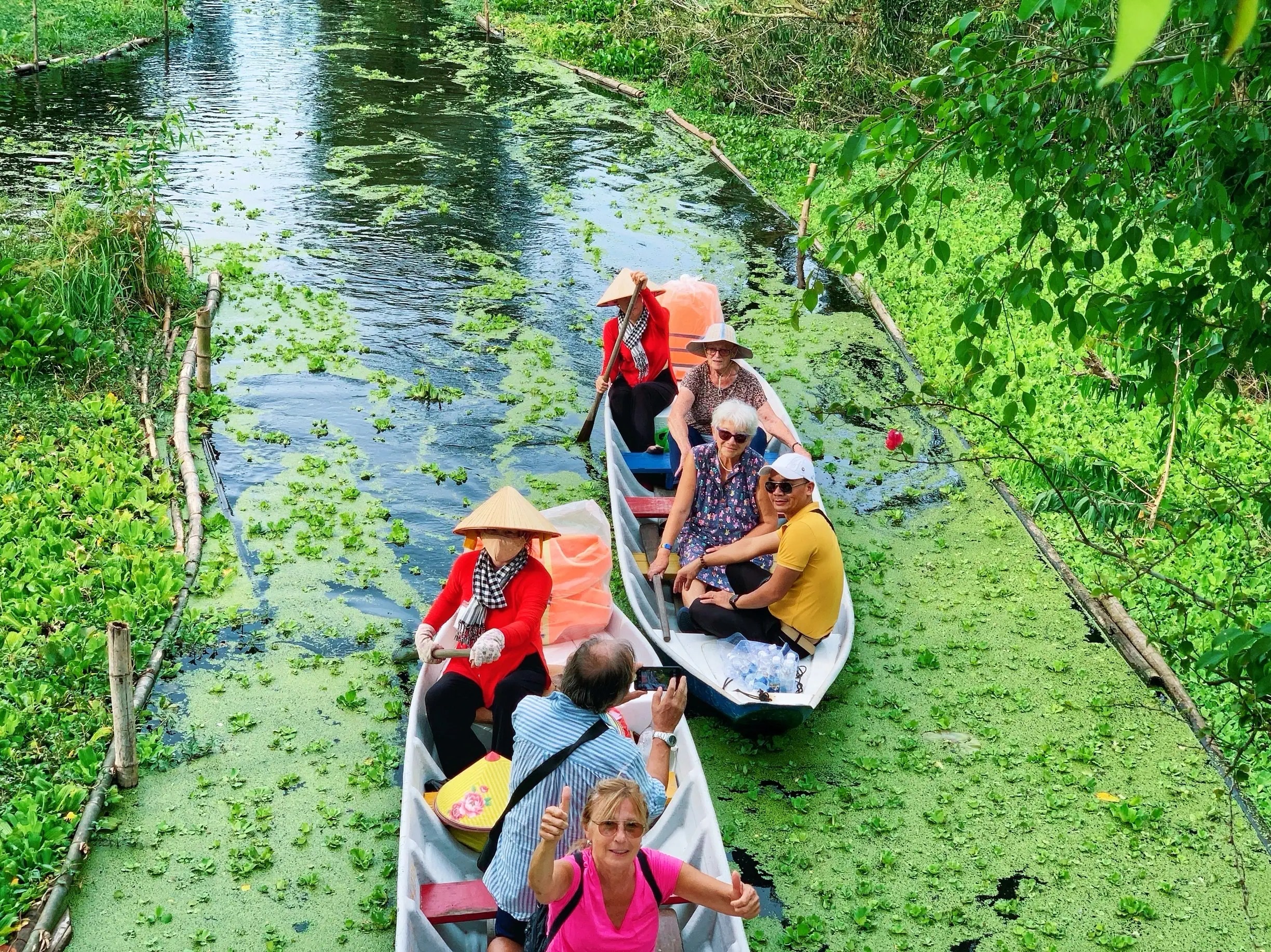
International tourists explore the flood season at Tra Su Melaleuca Forest, Tinh Bien District, An Giang Province. Tra Su Melaleuca Forest is very diverse with more than 70 species of birds, including two species listed in the Vietnam Red Book.
Tra Su Melaleuca Forest still retains the characteristics of the flooded forest of the Southwest region, giving visitors interesting experiences of the flood season in the West, learning about the unique flooded forest ecosystem, or enjoying rustic, indigenous country cuisine.
Similarly, exploring Tram Chim National Park (Tam Nong district, Dong Thap province) is also an indispensable journey when learning about the flood season in the West.
With an area of over 7,300 hectares, over 130 different plant species and over 231 seasonal waterfowl species, Tram Chim has an ecosystem that is full of the richness of a wetland. Notably, Tram Chim National Park has many rare bird species in the world: red-crowned crane, white-winged crane, yellow-throated te...
The flood season is also the season that creates opportunities for visitors to fully explore the unique beauty of Tram Chim National Park. This place not only has green vegetation but is also covered with diverse colors of flowers: lotus, water lily, and trumpet vine...
In particular, the auricularia, a species of flowering algae that lives in acidic and alum waters, is an endemic plant of Tram Chim National Park. The auricularia flowers come in a variety of colors: purple, yellow, white, when blooming, they create a poetic carpet of flowers on the water surface.
To visit Tram Chim National Park, visitors must travel by tugboat with many routes to explore: Nang Ong route, Ca Na route, Rong Ly route... depending on time and interests, visitors can choose the appropriate one.
Boating along the canals, visitors will be immersed in nature, admiring the flooded landscape with fields dotted with pink lotus, water lilies, purple water lilies or yellow flowers. In addition, visitors can participate in activities such as rowing a three-leaf boat, hunting field mice, and harvesting wild rice...
Moc Hoa area (Long An province) is also an attractive destination for many tourists who want to experience the flood season in the West.
The highlight is the Tan Lap Floating Village eco-tourism area (Tan Lap commune, Moc Hoa district). With a total area of 500 hectares, of which 135 hectares have been developed into a tourist area. The vast white water and vast sky are what visitors can feel when setting foot in Tan Lap Floating Village.
There are many areas for visitors to experience, notably taking a cable car on the river, or taking a boat along the Rung canal or hiking through the forest to explore the forest ecosystem here, visiting the bird taming island...
Also in Moc Hoa, the Endless Field tourist area (Binh Phong Thanh town, Moc Hoa district, Long An province) is also a popular destination. This place was the main setting for the movie “Endless Field” (2010), based on the work of the same name by writer Nguyen Ngoc Tu; and is also owned by the Dong Thap Muoi Center for Research, Conservation and Development of Medicinal Herbs.
There are more than 1,000 hectares of primeval Melaleuca forest, which is also the place where more than 80 genes of rare medicinal herbs grow and are preserved. Coming to the Endless Field tourist area, visitors will have typical experiences of the flood season, explore the rich vegetation of the primeval forest, and learn about the unique medicinal forest.
Accordingly, visitors can also visit and distill essential oils at Moc Hoa Tram medicinal plant - a place specializing in producing pure essential oils, pharmaceuticals, health care products from cajuput trees and other herbs.
U Minh land of Ca Mau is also an interesting destination in the journey to discover the flood season in the West. The flood season brings many natural products to the forest, the life of the people in U Minh also becomes more vibrant with the water, creating a unique cultural feature of this land in the flood season.
Accordingly, setting traps, setting traps, setting bait... to catch fish, setting traps to catch eels, or rowing a boat to spread nets, picking water lilies, pulling water spinach, water chives, water spinach, water mimosa... become experiences that tourists will not forget when exploring the flood season here.
In fact, not only Ca Mau, An Giang, Dong Thap, Long An but any land in the West, during the flood season, will also have experiences with typical river culture.
Here, people adapt to nature, have unique lifestyles, depending on the water level and characteristics of each land, they have unique experiences.
A trip to the Mekong Delta during the flood season is not only about tourism and experience, but also a journey to find cultural values and living habits associated with the rivers and waters of the Western people.



![[Photo] General Secretary attends the parade to celebrate the 80th anniversary of the victory over fascism in Kazakhstan](https://vphoto.vietnam.vn/thumb/1200x675/vietnam/resource/IMAGE/2025/5/7/dff91c3c47f74a2da459e316831988ad)
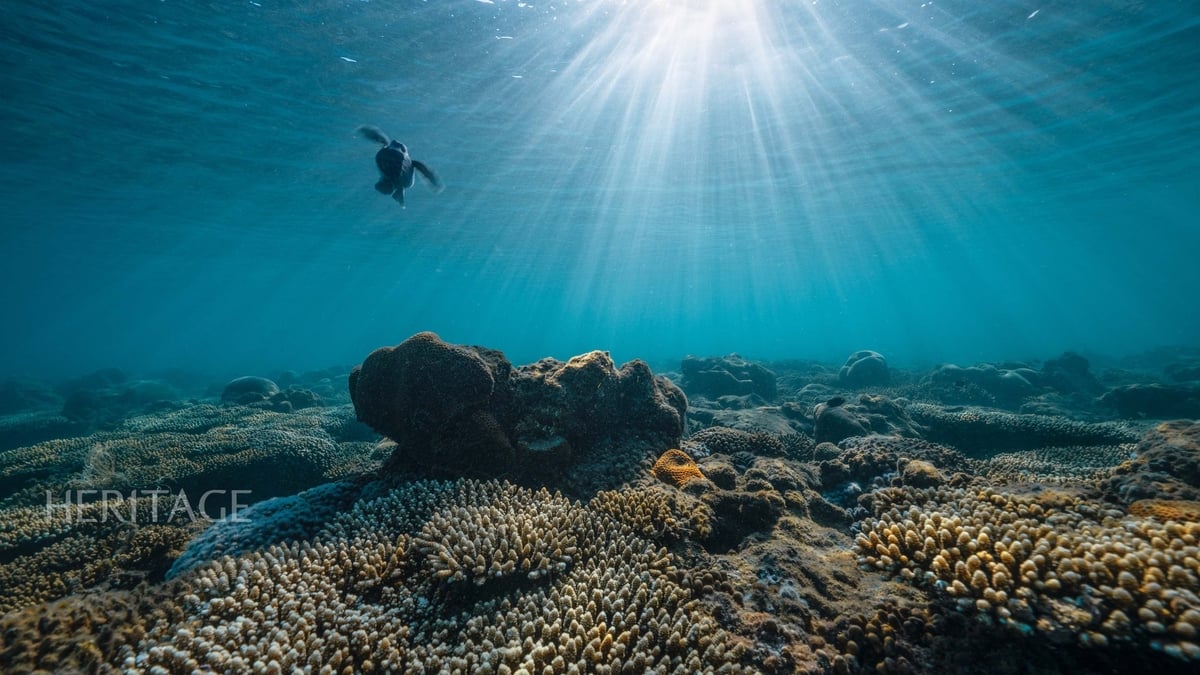


![[Photo] Prime Minister Pham Minh Chinh receives delegation from the US-China Economic and Security Review Commission of the US Congress](https://vphoto.vietnam.vn/thumb/1200x675/vietnam/resource/IMAGE/2025/5/7/ff6eff0ccbbd4b1796724cb05110feb0)






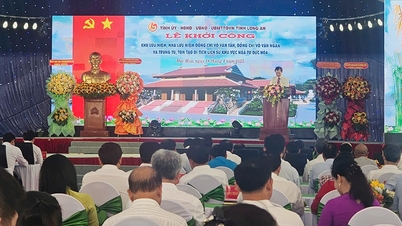




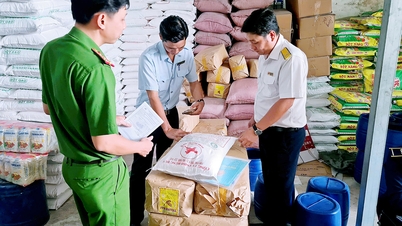
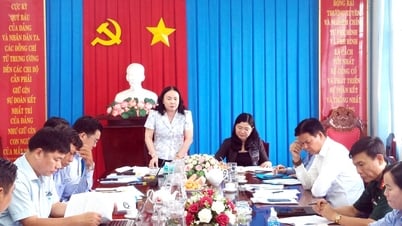

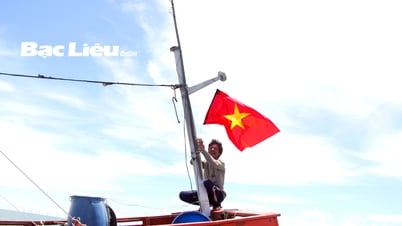
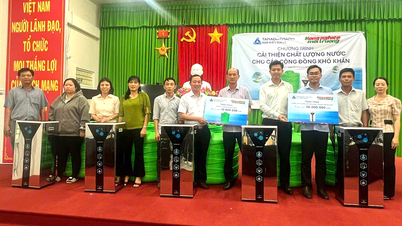
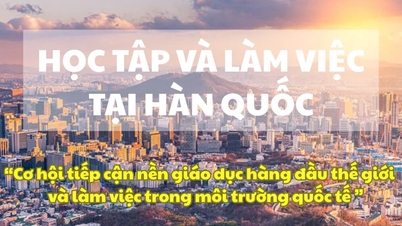




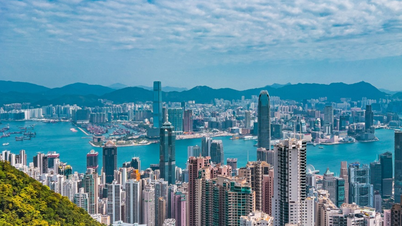
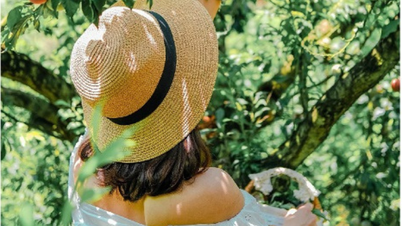
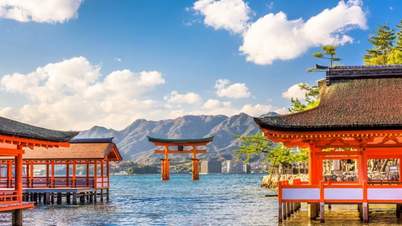
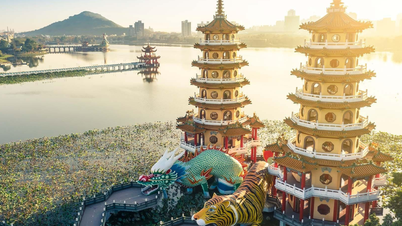

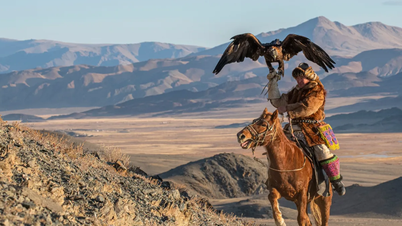
![[Photo] Sparkling lanterns to celebrate Vesak 2025](https://vphoto.vietnam.vn/thumb/1200x675/vietnam/resource/IMAGE/2025/5/7/a6c8ff3bef964a2f90c6fab80ae197c3)
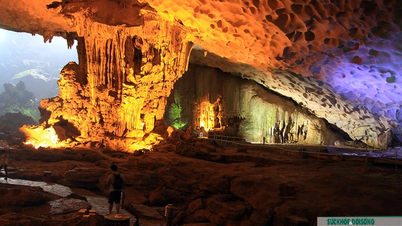

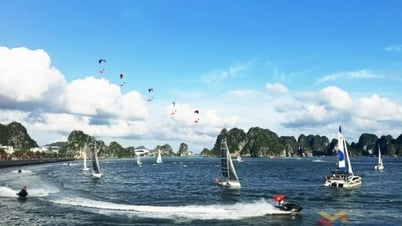

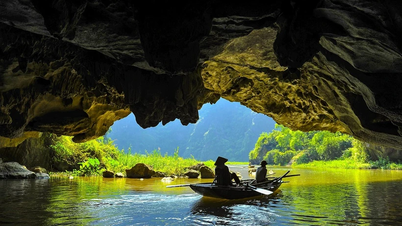

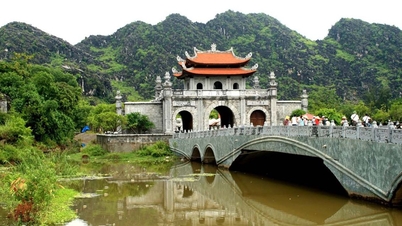


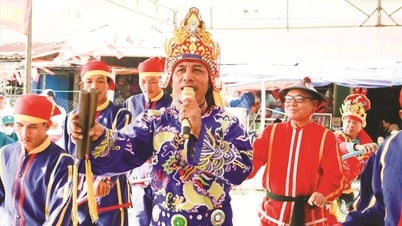





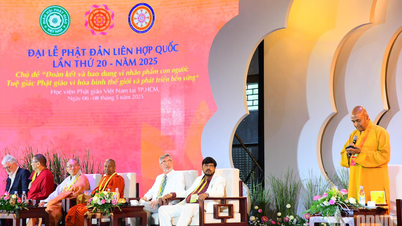




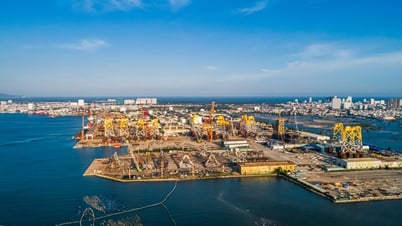





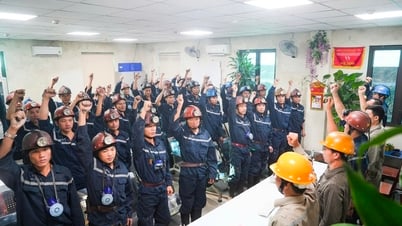
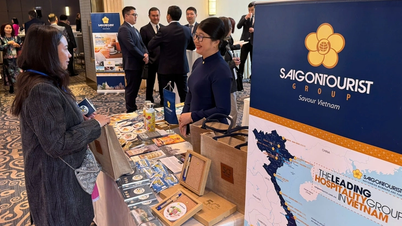


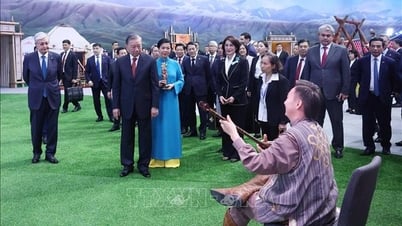

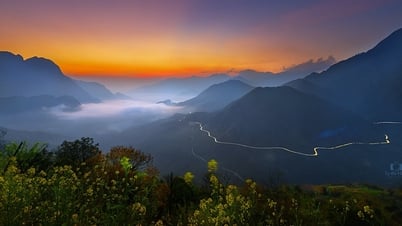

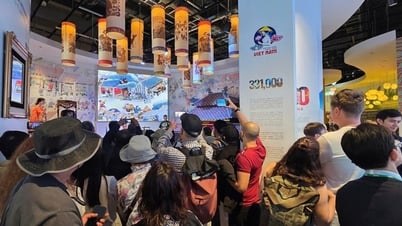

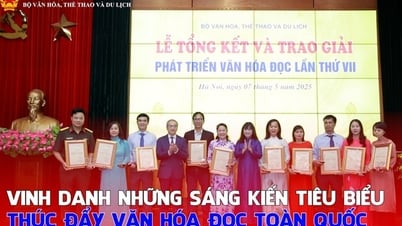
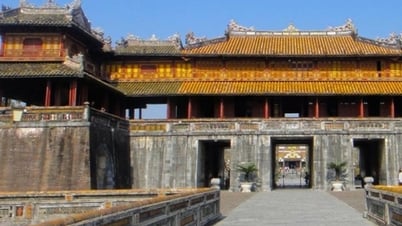
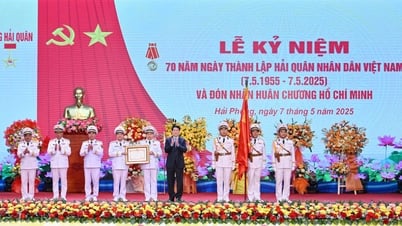



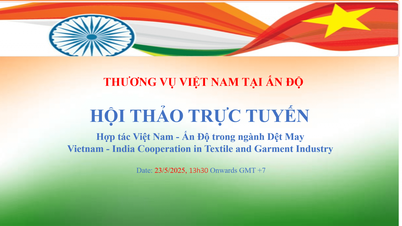


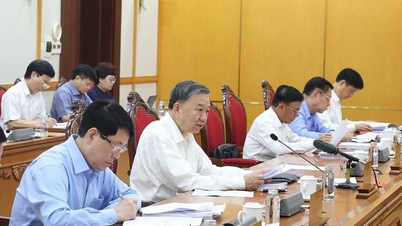






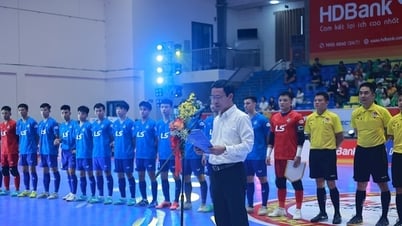




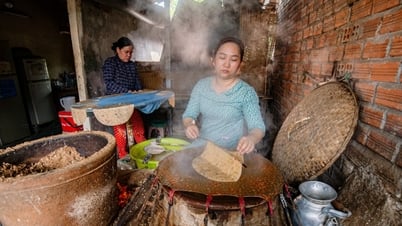




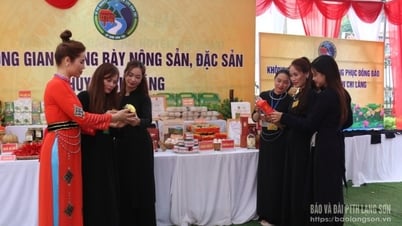
Comment (0)